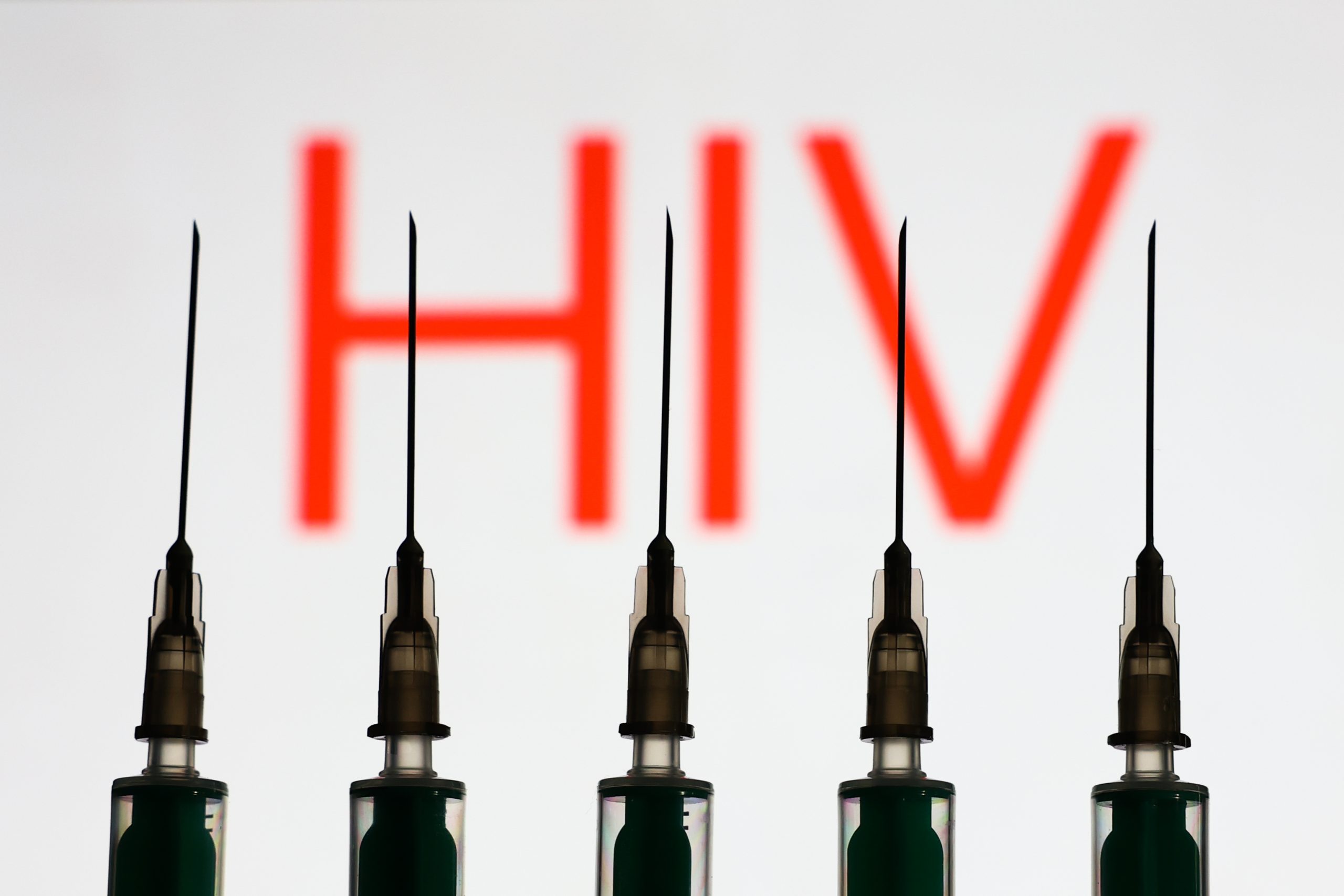Between 2010 and 2019, the United States saw a significant rise in 14 types of cancer (e.g. breast, kidney, colorectal, lymphoma) among people under 50, often without hereditary links, according to new research published in the journal of the American Association for Cancer.
This is one of many studies in recent years documenting the upward trend of cancers with early-age onset. Similar findings were reported in Europe for cancers among people aged 15–39 over the past two decades, in a 2023 study. While early-onset cancers remain rare, they have been increasing worldwide since 1990, with thousands of additional cases each year.
While early-onset cancers remain rare, they have been increasing worldwide since 1990, with thousands of additional cases each year.
Scientists, aside from improved case reporting, are not certain what exactly is driving the increase. One of the main factors, they note, is lifestyle change, which began gradually in the 1950s. This includes less exercise and sleep, exposure to microplastics, and higher consumption of ultra-processed foods — for which there is growing evidence of a link to colorectal cancer in young people.
Notably, people born around 1950 began showing higher rates of early-onset cancers as early as the 1990s. Since then, the risk has risen across successive generations: for example, those born in 1990 face a two- to three-fold higher risk of certain cancers compared to those born in 1955.
 What is fyi.news?
What is fyi.news?







